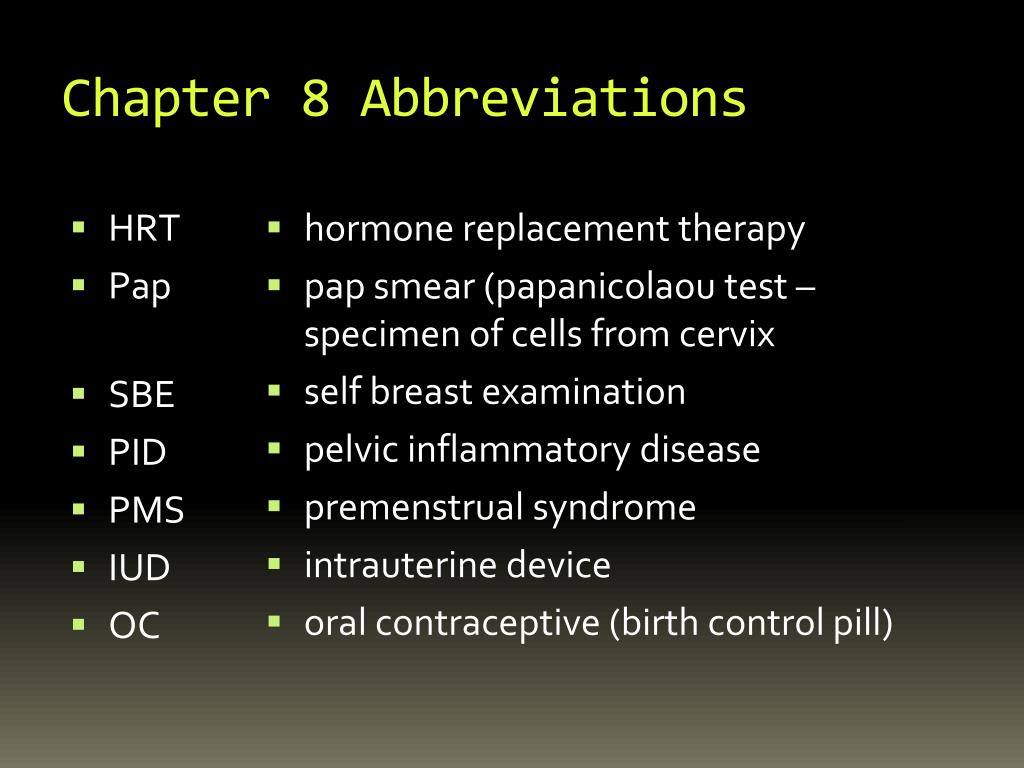

- WHICH ABBREVIATION STANDS FOR PATHOLOGICAL CONDITION PORTABLE
- WHICH ABBREVIATION STANDS FOR PATHOLOGICAL CONDITION FREE
Your doctor may also recommend an ambulatory ECG if you are recovering from heart attack, to ensure your heart is working properly. A doctor may arrange this type of ECG if you have symptoms that are intermittent (stop-start) which may not show up on a resting ECG.
WHICH ABBREVIATION STANDS FOR PATHOLOGICAL CONDITION FREE
You are free to move around normally while the device is attached.
WHICH ABBREVIATION STANDS FOR PATHOLOGICAL CONDITION PORTABLE
ambulatory ECG – for an ambulatory ECG you wear a portable recording device for at least 24 hours.This type of ECG usually takes five to 10 minutes. No movement is allowed during the test, as electrical impulses from other muscles can interfere with the test. resting ECG – you lie down for this type of ECG.who has been diagnosed with a heart condition, to monitor the effects of certain medicines or implantable cardiac devices (like a permanent pacemaker External Link ).shortness of breath or difficulty breathing.dizziness, light headedness, feeling faint or feeling anxious.discomfort or pain in your chest, arms, shoulders, neck, jaw or back.experiencing warning signs of a heart attack or angina External Link such as:.feeling of your heart racing, fluttering, thumping or pounding in your chest (palpitations).experiencing symptoms of an abnormal heart rhythm such as:.heart inflammation ( pericarditis or myocarditis)Ī doctor may recommend an ECG for a person:.abnormal heart rhythms (arrhythmia) – rapid, slow or irregular heart beats.

conditions involving the heart’s electrical system.A doctor will examine the trace and look for specific features of different heart conditions. The leads attach to the ECG machine (electrocardiograph) which records the electrical activity of the heart muscle and displays this as a trace on a screen or on paper.Īny abnormality in the heart rhythm or rate, or damage to the heart muscle, can change the electrical activity of the heart. Small sticky dots (electrodes) and wire leads are placed on your chest, arms and legs. However using the census and other sources here are a few statistics of interest.An electrocardiogram (ECG) is a test that can help diagnose certain heart conditions by measuring the electrical activity of the heart. Because of the differences between ABI and intellectual disability, the treatment and services used often differs.įor further information on Intellectual Disability please visit Achieve Australia:īecause there are many different definitions of brain injury, it is difficult to say the exact number of people who will acquire a brain injury in any year (incidence) or the exact number of people who live with the effects of brain injury at any one time (prevalence). People with ABI can experience significant recovery and many problems improve with time. They have a period of typical developing and functioning so the changes after an ABI represent a loss. People with ABI usually retain their intellectual abilities but have difficulty with specific thinking skills. ABI is recognised as a separate disability under our health and welfare system. Is ABI the Same as Intellectual Disability?Īlthough there may be some similarities between intellectual disability and ABI it is not the same. Adjustment to these changes will not only affect the person who has had the brain injury but also the family, friends and carers who are supporting the person People who do not understand the hidden difficulties from an acquired brain injury may believe the person is being lazy or difficult.Īny changes, from mild to severe, require a period of adjustment, both physically and emotionally. Changes in thinking and behaviour are hard for other people to recognise. In the longer term most people with ABI report changes in thinking (eg attention and memory) and behaviour while only 25% of people with a severe ABI will experience ongoing physical disabilities. Individuals may also find that the nature of their problems changes over time.


Impairments can be either temporary or permanent, and can cause either specific or more widespread disability. It can depend on the type of brain injury, where the brain is injured and the extent of the brain injury. Recovery after brain injury differs from person to person. Impaired ability to communicate (slow or slurred speech, difficulty following conversation)


 0 kommentar(er)
0 kommentar(er)
